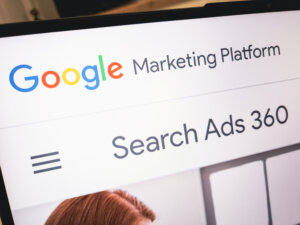As a Technical Writer, communication can be difficult if ambiguous responses are received. Such as is the case when trying to find out information. It can be difficult when someone has a new product, and cannot explain nor describe it. When encountering such a person, you will probably see that they are thinking of one thing, but their words do not describe the thought. They want to make a statement but the content is confusing or seems wrong.
Example:
Someone once told me to think of their product as a puzzle. I assumed then that the product was something like a puzzle. But in actuality (after quite a bit of questioning), they meant that they think of their product as a puzzle because they don’t quite know how to explain its functionality. After questioning and going through some examples, I came to understand what he meant to say. The product needed to be tested for validity while it is still in the building stage because it was not completely done. (Which now made sense in development terms– solve the puzzle – test it out and see if you can break it.) But without knowing the aim, the goal, nor the purpose, confusion resulted.
Resolution:
What I did to lessen the confusion was to request a demo and to ask questions.
Request a demo:
Ask to have the product shown to you. This way, the purpose and the objective of the product can be understood.
Ask questions:
Showing seems to be a lot easier than speaking at certain times. But you also need to ask some questions:
- Ask Why they wanted to create this. Knowing why explains the reasoning behind the product. It could have been created out of necessity, or nothing like it exists, or it is a better rework of something that currently exists.
- Ask How the product was made or what it entails to help you see and understand how it works; it’s functionality.
- Ask ‘What if…’- Think of some scenario’s where this product would be used. This verifies that the product will function as it should without any problems.
Leave with more knowledge
To learn more in this meeting, make sure you:
- Communicate as clearly as possible. Apply the ‘KISS’ principle – keep it short, simple.
- Use short sentences when confirming what was mentioned to ensure understanding.
- Ask easy (simple) to answer questions, i.e., yes/no questions to help in clarifying facts.
- Use your imagination to think up of questions – ‘Why did you think of this?’ ‘What made you think of this’? ‘How did this come about?’ ‘Did someone request this or did you see a need for this?’ ‘How did you begin?’ ‘Who else helped?’ There are a gamut of questions to ask.
- Take good notes.
- Leave with a good understanding of the product.
Have you used other methods to get better explanations from other individuals who have a problem explaining what they want or mean? If so, please add to the discussion.
 Sections of this topic
Sections of this topic
















